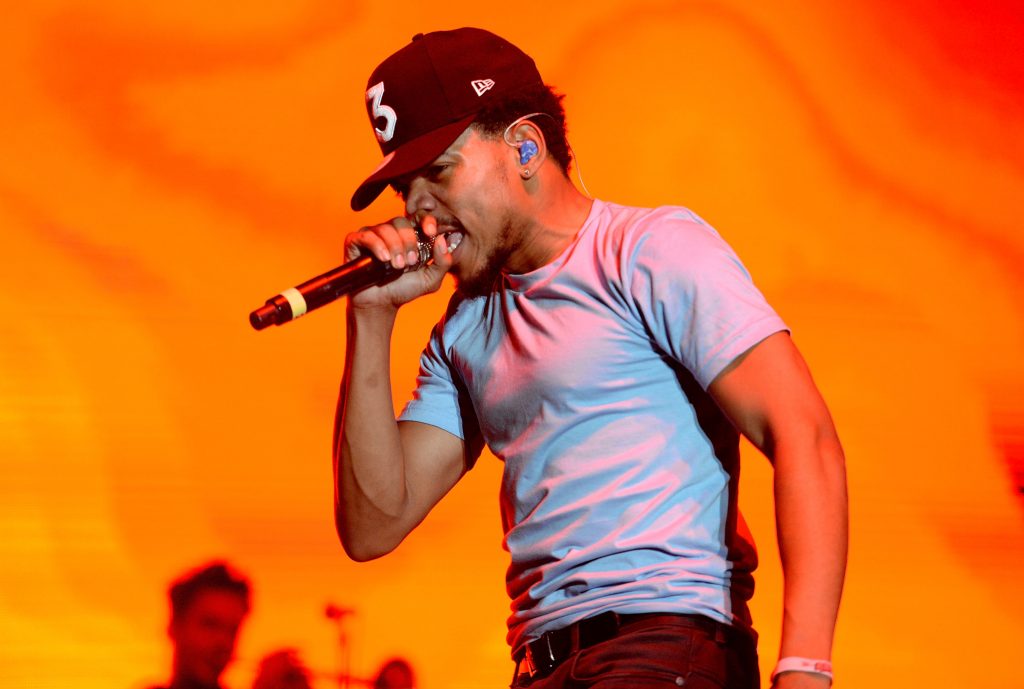ISSUE #0: THE MUSIC ISSUE
By Ira Jeter
The first time I’d heard about Chance the Rapper was my freshman year of high school. I had just done my first recording session, and the engineer told me that I reminded her of Chance. My first thought was, ” No way buddy from ‘I Love New York’ is actually making music.” Boy, was I glad I was wrong. The first time I’d heard his music didn’t come until the year after when I met my friend Lauren (and I will forever love her for it.) By then, the freshman year encounter had slipped my mind, so I was a blank slate. She showed me Acid Rap, and I was immediately encapsulated in Chance’s music. I wanted to hear anything he’d made before Acid Rap, and that’s when Lauren showed me 10 Day. That was the catalyst for the chain reaction of me finding the Chicago underground rap scene and the kick I needed to take my music more serious.
Chance’s success story is one for the history books. For him to be at his level of success with only 3 mixtapes under his belt is astonishing. Remaining an unsigned artist, Chance’s connections have turned him into a creative powerhouse. But Chance’s story doesn’t just impact hip hop. It created a ripple in the serious, more well-rounded artistry in Chicago. From fellow rappers like Saba, Mick Jenkins, and Vic Mensa to the influx of creative youth joining organizations like Young Chicago Authors and YouMedia, Chance’s inspiration extends further than music.
The rise of Chance the Rapper has inspired creativity from countless youth in inner city neighborhoods. My friend Marko put it best: “Imagine Chance and Chief Keef grew up on the same block. Keef was cool being on the block and came up that way. Chance went to school downtown and got to do the things he enjoyed. Same block, different life paths; the music reflects their choices in life.” Many inner city youth, myself included, identified with Chance because they don’t fit their environment. Their creative minds can’t thrive inside their neighborhoods because the atmosphere cripples their creative process. I can recall many times I’ve been working an event with SL and people ask what neighborhood I’m from. Watching them go from mildly interested to full-blown curious is always entertaining. Being able to see someone else like us gave us the inspiration to break beyond our barriers and reach for the things we want. In a sense, Chance showed us that everybody can be something if they have the drive for it.

